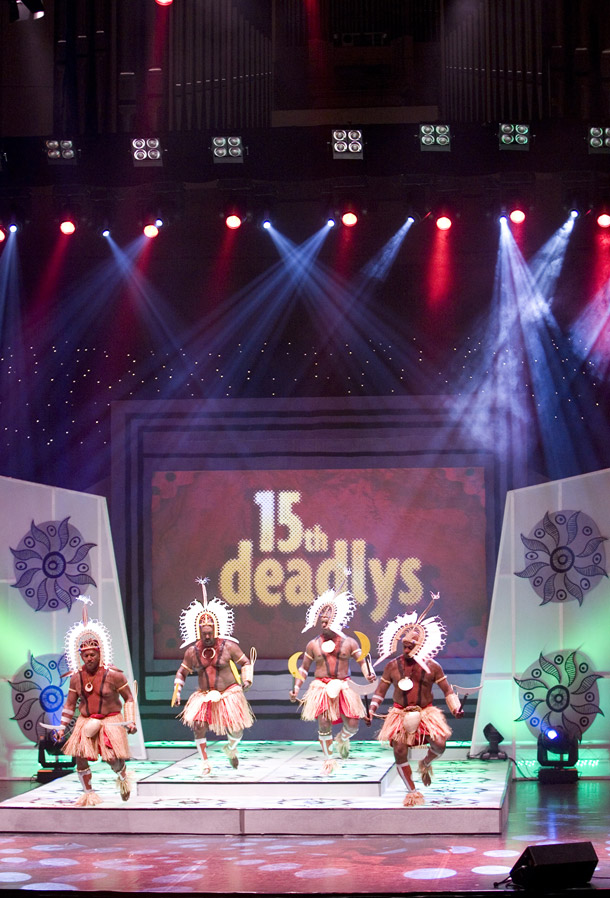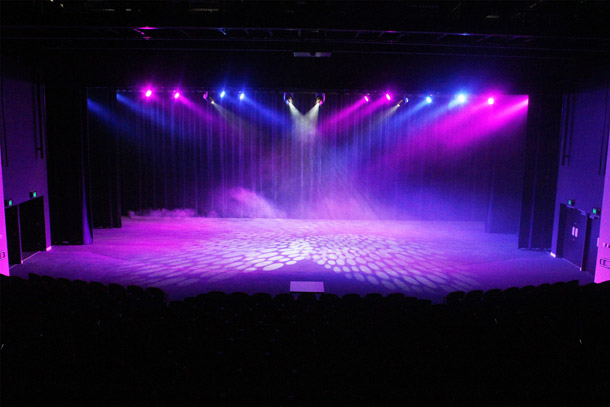The Cheat’s Guide to Lighting Control Shortcuts
If you’re short on time, DMX experience or simply couldn’t be bothered spending an afternoon programming your light-show, here are a few last minute cheat ideas for you:-

Master Slave
Many lighting effects these days have a Master-slave function. This is usually designed for a setup of 4 units (one master and 3 slaves). You could still do with less lights but the best effect is if you have 4 of the same light connected together. You would daisy chain and set the dmx addressing/dip switches on the back of the units as per the explanation in the manual. The beauty of the Master-slave function is that the units will go through a series of internal programs that synchronise with each other but are not always identical. So they might flash in a sequence and go through interesting patterns or do the same thing together. This is the best cheat of all and gives a highly professional look without the need for a DMX controller or any time spent programming.
Same DMX address
This one is used by lighting professionals as another shortcut technique. Setting all the fixtures, e.g.moving heads or scanners to the same dmx address exactly, then using the DMX controller to program the scenes. The units all behave in exactly the same way and it looks quite impressive as they all sway in the same direction and change to the same colours and gobos at the same time, especially if you’ve got 4 or 6 units in the area.

Use Mirroring
Mirroring (or sometimes called ‘reverse’) is a function available on many intelligent lights. It flips the pan to the opposite direction. This is applicable for lights being controlled via DMX. When set to mirroring, the light moves in the opposite pan direction to what the dmx is dictating. So if you have a group of say 6 moving heads or scanners that are all set to the same DMX address (see previous cheat) and you set half of them to mirroring, you end up with half the lights on the right making one movement and the other half on the left making the opposite movement and the beams would move towards the middle of the room at the same time, then away from the middle at the same time. The other functions like gobo, colour and tilt remain identical in all lights (if they’re on the same dmx channel of course). That would instantly make your show look like million bucks but with very little programming.
Sound activation
This is the obvious one, which we’re sure you know already. Just make sure you test your lights with sound activation especially if they’re not identical units as some may be more responsive than others and may need to have their sensitivity adjusted. We’ve written another post about it before so don’t forget to click here to check it out.
Please share this post if you have enjoyed it!
We would love to hear your comments, questions or ideas so please leave a reply below..























